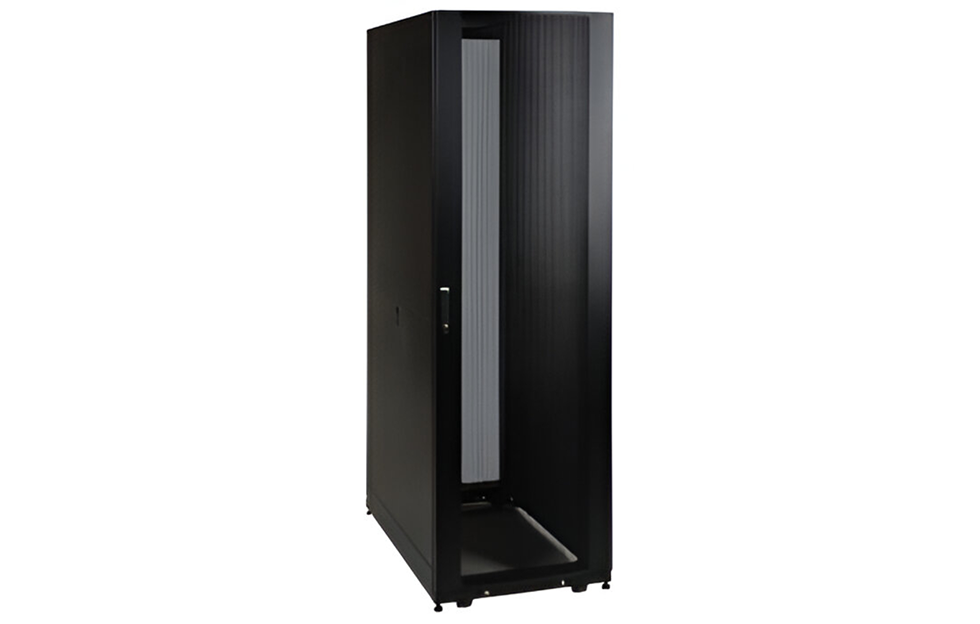In today’s IT infrastructure, we see that server racks and network racks are often viewed as the same thing. These racks serve different purposes and have different configurations to hold different types of equipment and different needs. Whether setting up a small data center or managing enterprise-level infrastructure in Australia, choosing the correct rack can be extremely important for the safety, efficiency, and long-term performance of equipment.
What are Server Racks?
Server racks are designed to accommodate and organize servers, storage devices, and related high-density computing hardware. Server racks are often deeper (1000-1200mm) and more rugged than network racks since servers are generally larger and heavier. Server rack cabinets usually have far superior cooling support compared to network racks, as they have ventilation systems and secure enclosures that allow efficient removal of heat generated by powerful machines.
The vast majority of standard racks sold in Server Racks Australia are 42U high, 600mm wide, and 1000-1200mm deep. These free-standing server racks are capable of hosting a power distribution unit (PDU server rack) and Uninterruptible Power Supply (UPS) units to either remain operational or safely manage equipment if a power interruption occurs via failing power management.
What are Network Racks?
Network racks, on the other hand, are meant for networking equipment, such as switches, patch panels, modems, routers, and accessories and are usually less deep, since networking equipment tends to take up less space and is typically less weight.
The Network racks are highly adaptable, with wall-mounted network racks and free standing network rack options to fit into space-restricted areas. You’ll find these used in telecom rooms, data centers, systems rooms, and IT closets with network connectivity as the main focus.
Network cabinets will typically also have more openings, removable panels, and access to run cables than stand-alone racks and more front access for patch panels than a normal network cabinet. Network cabinets are useful for accommodating data rack patch panels and network server rack components.
Choosing the Right Rack for Your Needs
When you are deciding if you need a server rack or network rack, it is important to assess the type of equipment that will be mounted, the space available, and the cooling strategy in mind. If you are implementing an array of dense servers requiring numerous connections and power consumption, an integrated Uninterruptible Power Supply (UPS) server racks and cabinets solution will be the right option for you. These solutions allow for optimal airflow, structured cable management, and where you can store high-value equipment securely.
On the contrary, if your goal is to set up and find network connectivity switches and patch panels as close together as possible in a smaller footprint, a network cabinet or wall mount server rack would better fit your needs.
Why PDU and UPS Are Essential for Server Racks?
Power management is important whether you are using a server rack cabinet or a network rack. Utilizing a power distribution unit for server rack cabinets will provide a safe and balanced source of electrical distribution to affected devices. Also, if you incorporate an Uninterruptible Power Supply (UPS) with a rack, this will not only allow for continued functionality during a power outage, but will also prevent damage from voltage drops or other power anomalies and keep your systems operational.
Final Thoughts
Selecting the best rack, whether it is a free-standing network rack, a wall-mounted cabinet, or a heavier-duty server rack, is essential in your IT environment’s operation and security. By understanding the various distinctions and adding reputable accessories such as a PDU server rack or UPS, you can create a safe, organized, scalable, and dependable infrastructure that fits your organization.


